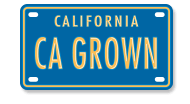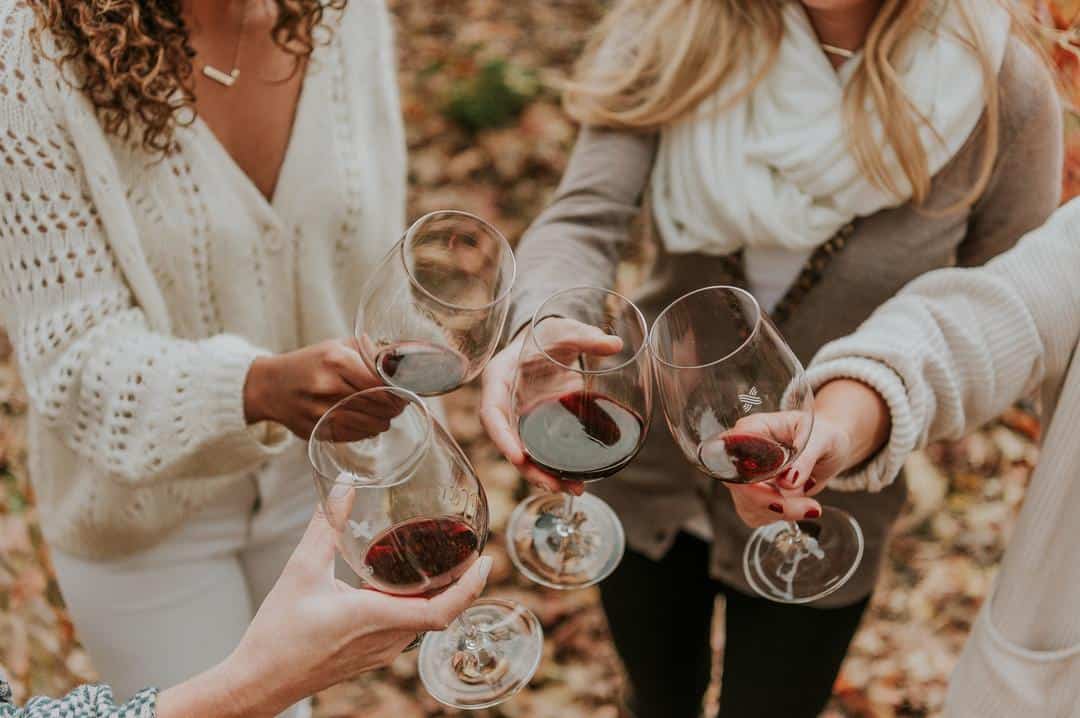How to Find Sustainable Wine
In California, sustainability is more than a buzzword or a trend; it’s a way of life. Choosing sustainable wine is a delicious way to support local businesses, families, and communities – and to protect our natural resources. Since 85% of California wines are produced in a certified sustainable winery, the question isn’t whether or not you should choose California wines – it’s “why wouldn’t you?”.
What is sustainable wine?
What comes to mind when you think of the word “sustainable”? Maybe you think of conserving water or even using clean energy. You might have even seen a falconer working with a bird of prey in a vineyard.
Those examples are definitely a part of the story, but sustainability encompasses so much more.
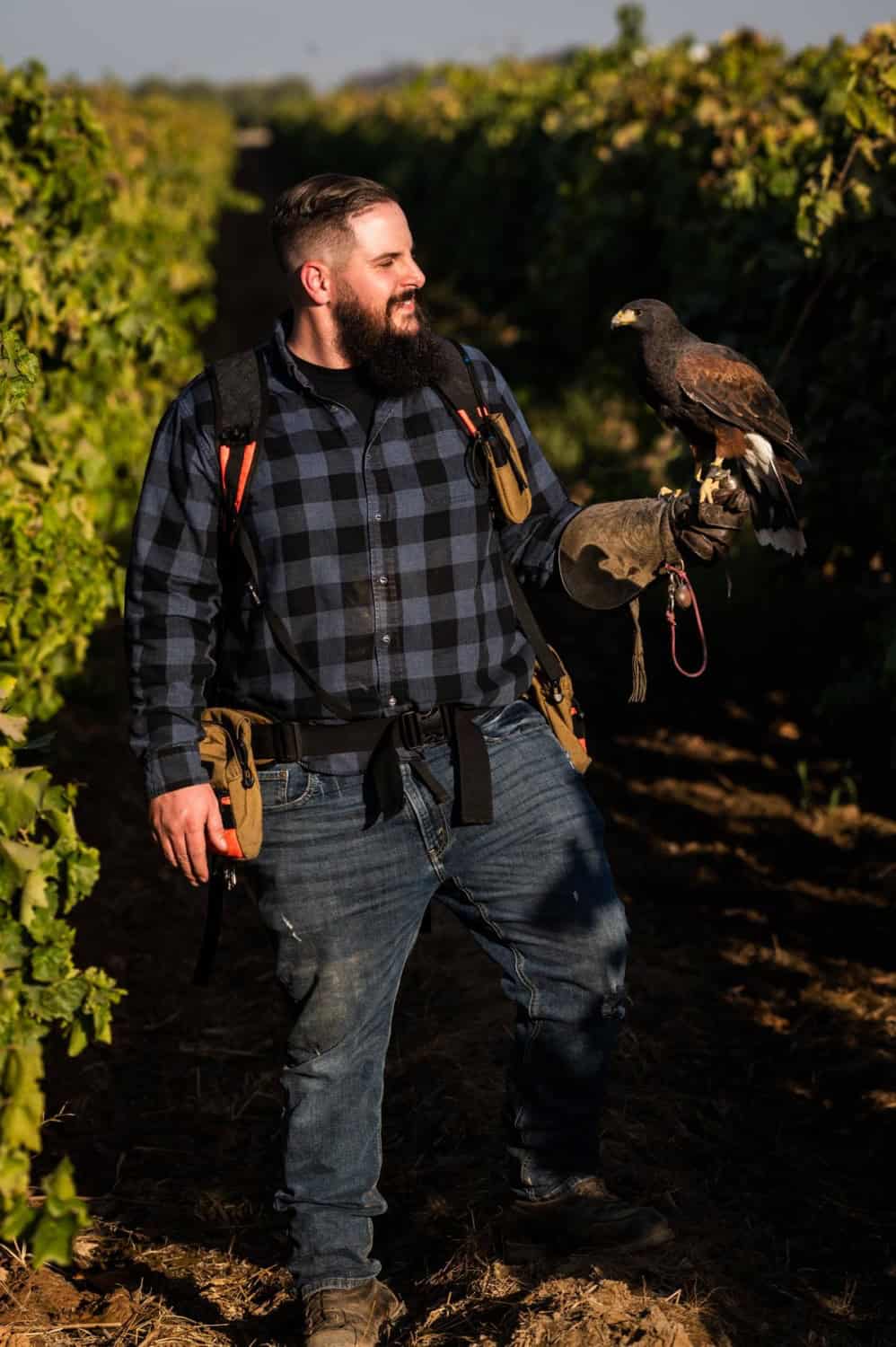
We often use the three Es to explain sustainability. Here’s what that means:
1) Environmentally Sound: Environmental sustainability is kind of the poster child for sustainable agriculture. Think solar panels, drip irrigation and cover crops.
2) Socially Equitable: This area of sustainability refers to how businesses care for their people and community. Is the business making the surrounding community a better place and improving employees’ lives?
3) Economically Sound: Folks tend to tip-toe around this topic, but it’s hugely important. If a business can’t turn a profit (aka stay in business), the operation is not sustainable!
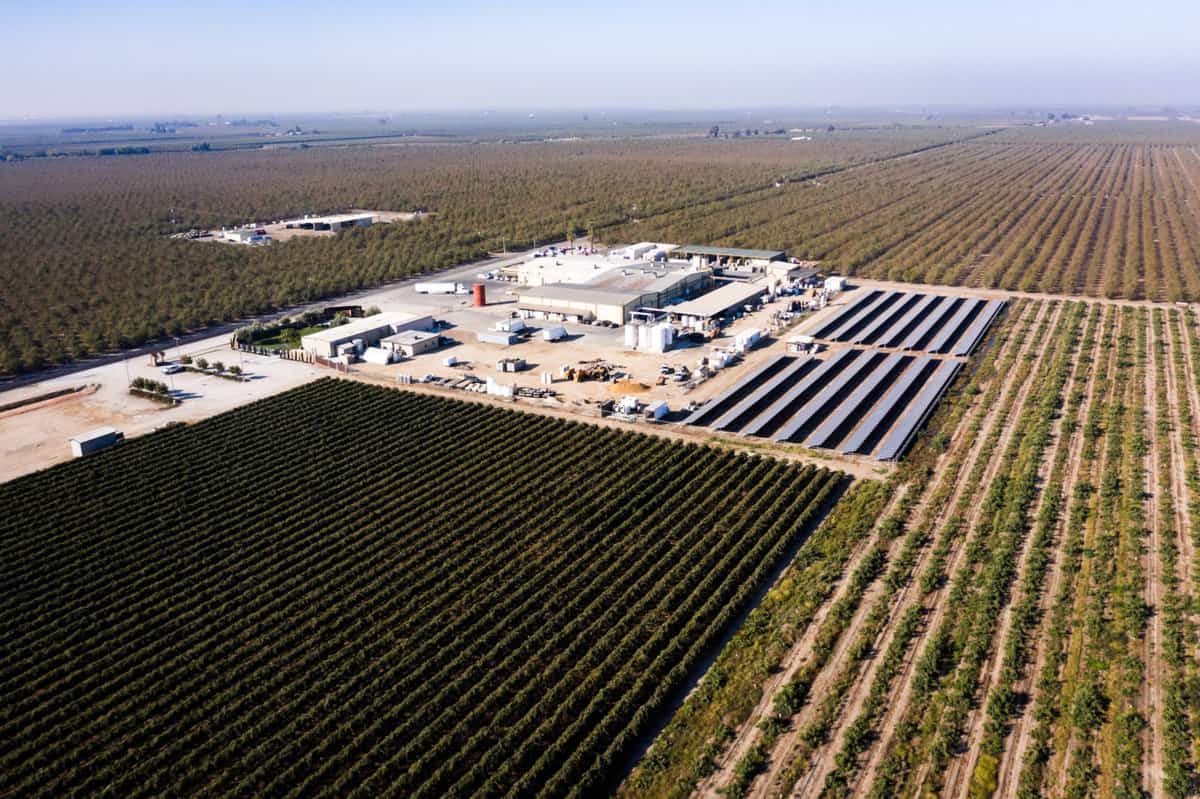
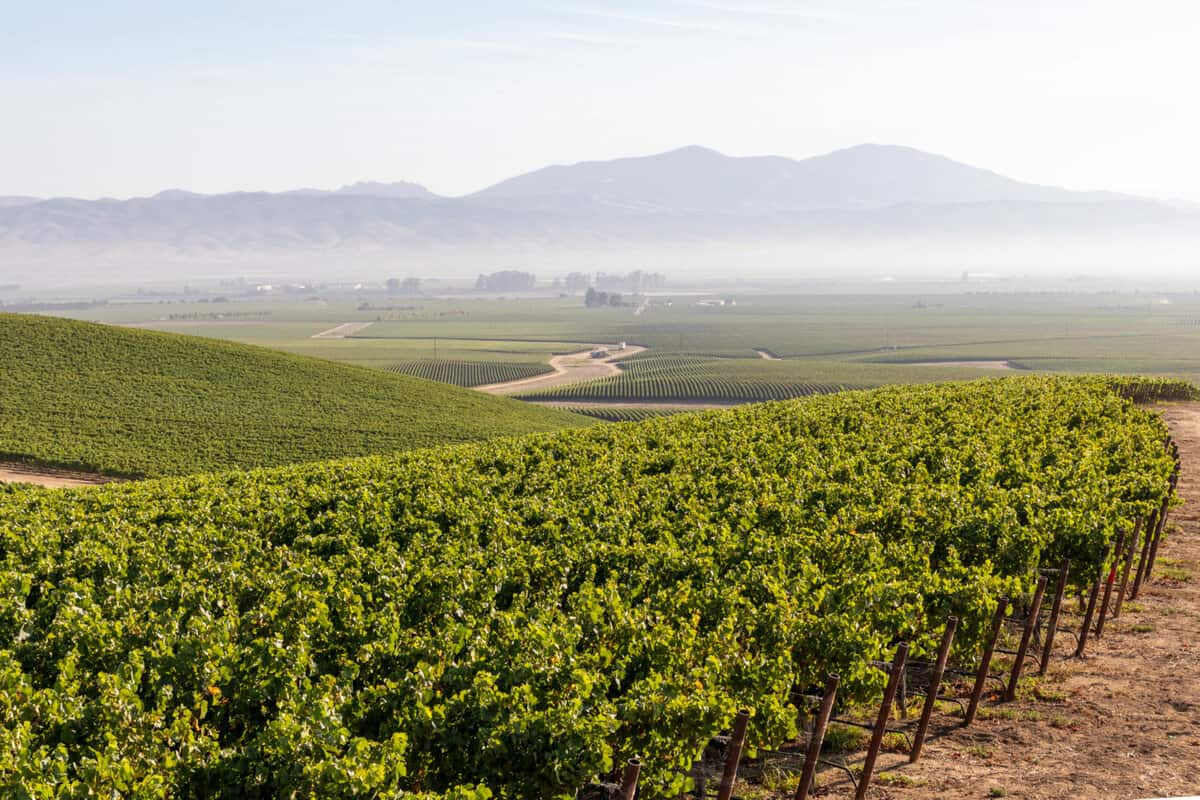
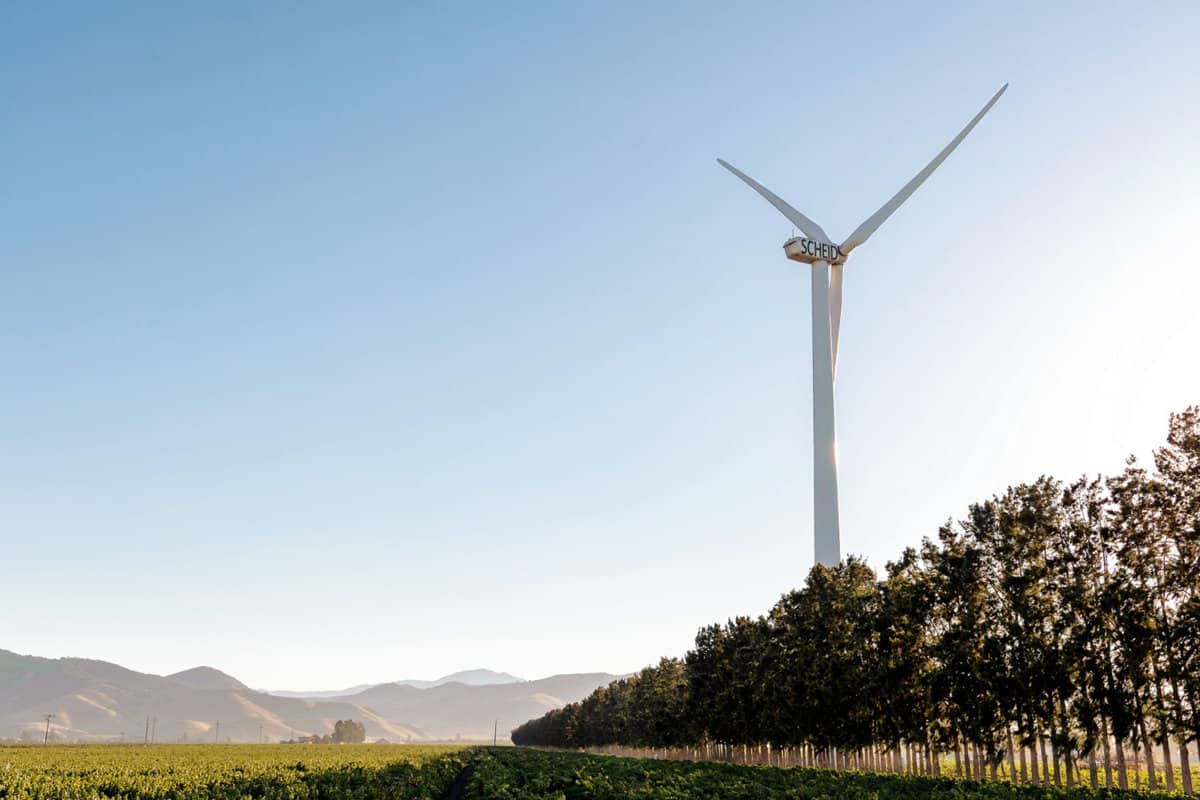
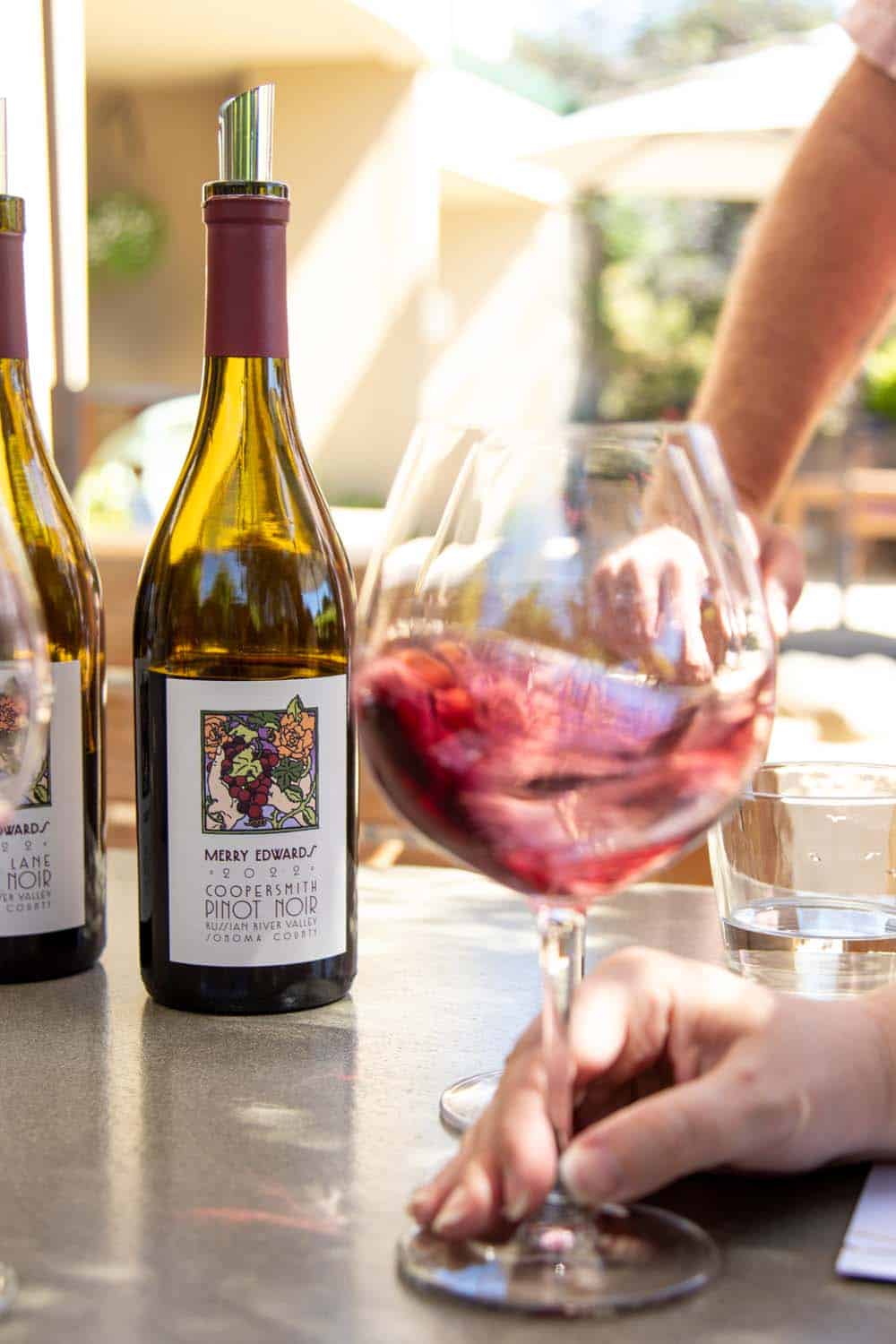
Allison Jordan, Executive Director of the Sustainable Wine Growing Alliance, adds,“Sustainable winemaking is all about protecting natural resources and the environment. It’s about enhancing wine quality and enriching the lives of our employees and the broader community. But really, it’s about safeguarding family farms for future generations.” Since the vast majority of California’s 6200 wineries are family-owned, this is an incredibly important consideration.
What does certified sustainable mean?
If you ask a farmer, most will tell you that sustainable agriculture is really just common sense. It is challenging to find a farmer or vintner that does’t implement some sort of sustainable measures. Of course they want to conserve resources and protect the environment since their livelihood depends on it. In addition, the state of California actually mandates many sustainable practices.
But certified sustainable vineyards and wineries don’t just meet the minimum expectations set by the state, they exceed them. Allison elaborates, “In California, we have very stringent regulations on both the environment and labor side, but we’re talking about going above and beyond – integrating sustainability into everything we do.”
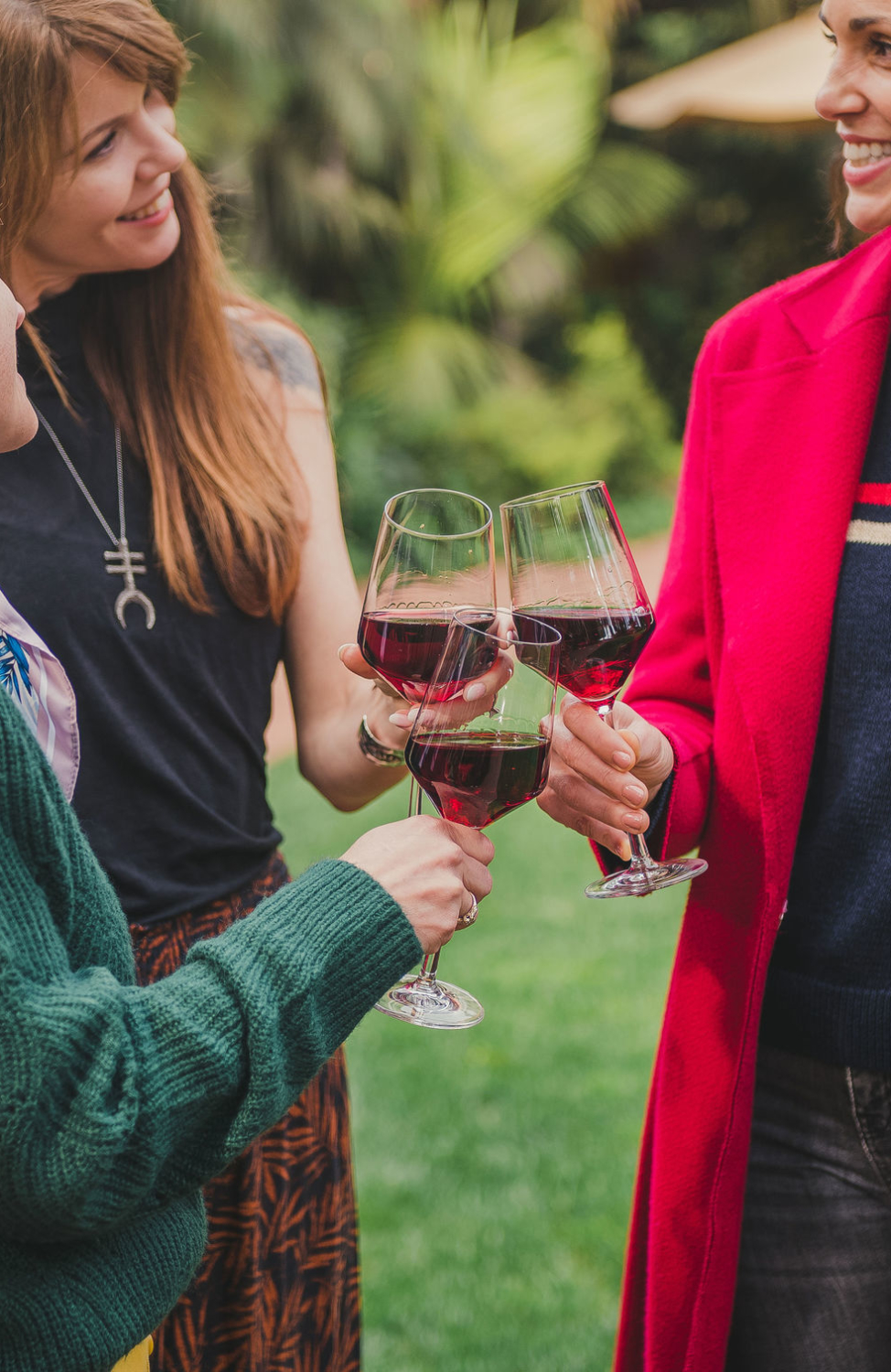
Sustainability certifications 101 – an incredibly brief overview
In the early 1990’s, a number of wine regions began to develop “best practices”, outlining sets of rules that would eventually evolve into today’s certification programs. Currently, some of the most common certifications are:
Want to take a deep dive into the history of sustainable wine? Check out this timeline from our friends at the California Sustainable Wine Growing Alliance!
How does a winery or vineyard become certified sustainable?
California is home to a number of different certification programs, many of which are regional. While the requirements of each certification might vary slightly, certified sustainable vineyards and wineries are all required to do the following:
Adopt sustainable practices
Sustainable wineries and vineyards must adopt all sustainable practices outlined in the California Code of Sustainable Winemaking (or equivalent programs). These include water and energy efficiency, pest and waste management, soil health, and more.
Track performance
Certified sustainable wineries are required to measure and record their water use, energy use, and greenhouse gas emissions. Certified sustainable vineyards must track their water and applied nitrogen use.
Continuously improve + verify annually
Becoming certified sustainable is not a “one and done” process. Sustainable wineries are dedicated to finding new ways to lessen their footprint, and must verify their improvements annually.
How to find certified sustainable wines
Now that we’ve talked about what sustainable wines are and how they become certified, it’s time for the fun part – shopping for (and then, of course drinking) wine!
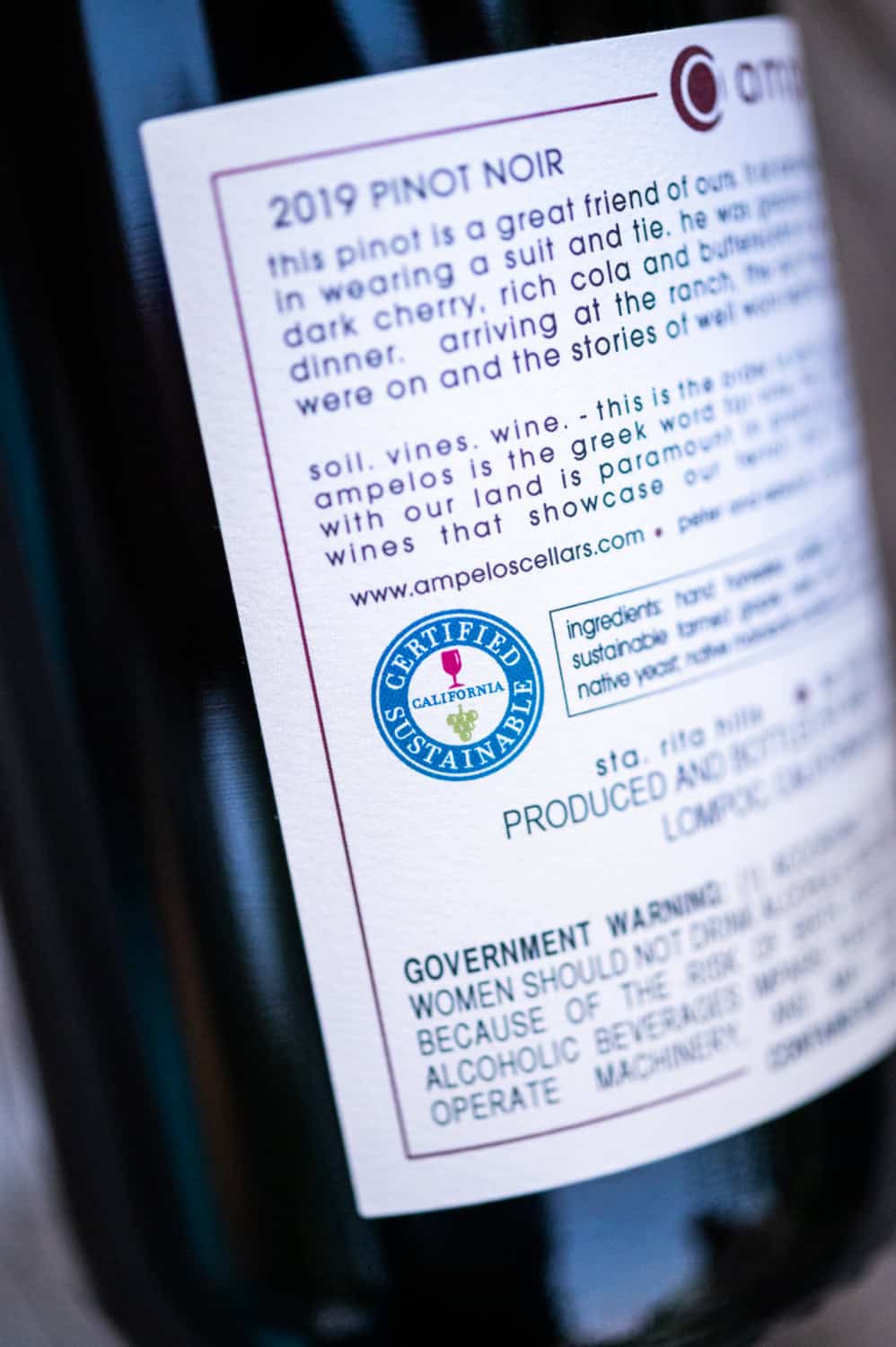
Surf the web
If you’re one of those folks that likes to do their homework, head to californiasustainablewine.com for a searchable database listing all of the certified sustainable vineyards, wineries and wines.
Look for the label
If you’re already at the store, the easiest way to find a certified sustainable wine is to check for a seal on the label. If the label says Lodi Rules, California Rules, SIP Certification, Napa Green or California Certified Sustainable, you can rest assured that the wine was sustainably produced.
Ask in person
Many wineries implement sustainable practices but haven’t pursued certification. Next time you visit your favorite winery, be sure to ask about their sustainable practices!
Are sustainable wines more expensive?
Not all sustainable wines are expensive! Many larger wineries, like our friends at J Lohr Vineyards, offer a diverse selection of labels at various price points – all of which are sustainably produced.
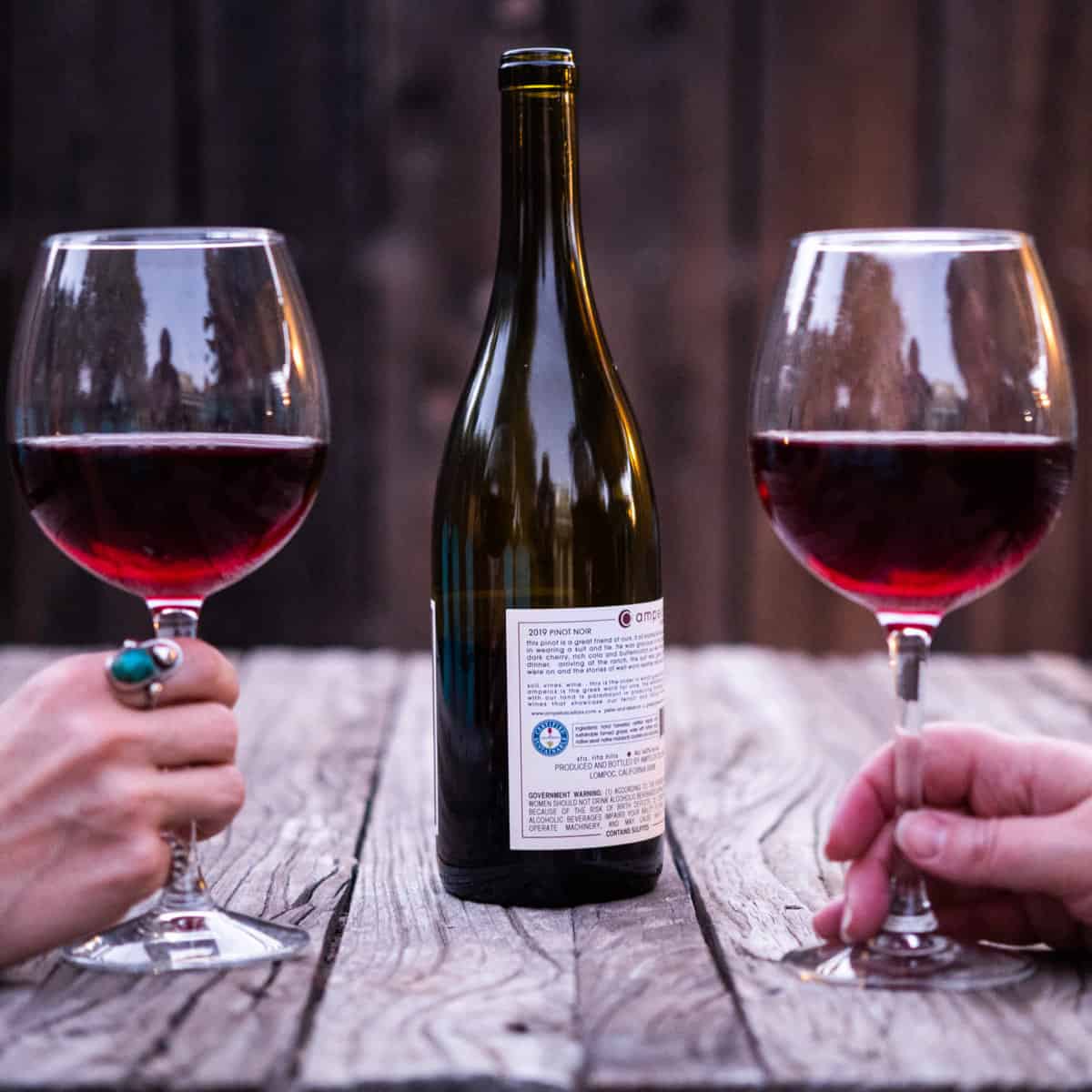
Where is the best place to buy California wines?
In our humble opinion, the best place to buy California wines is at your favorite winery. Why? Because you can try before you buy! If you already know what you like, you can order directly from the winery or look for your favorite bottles at wine shops, liquor stores, or your local grocer.
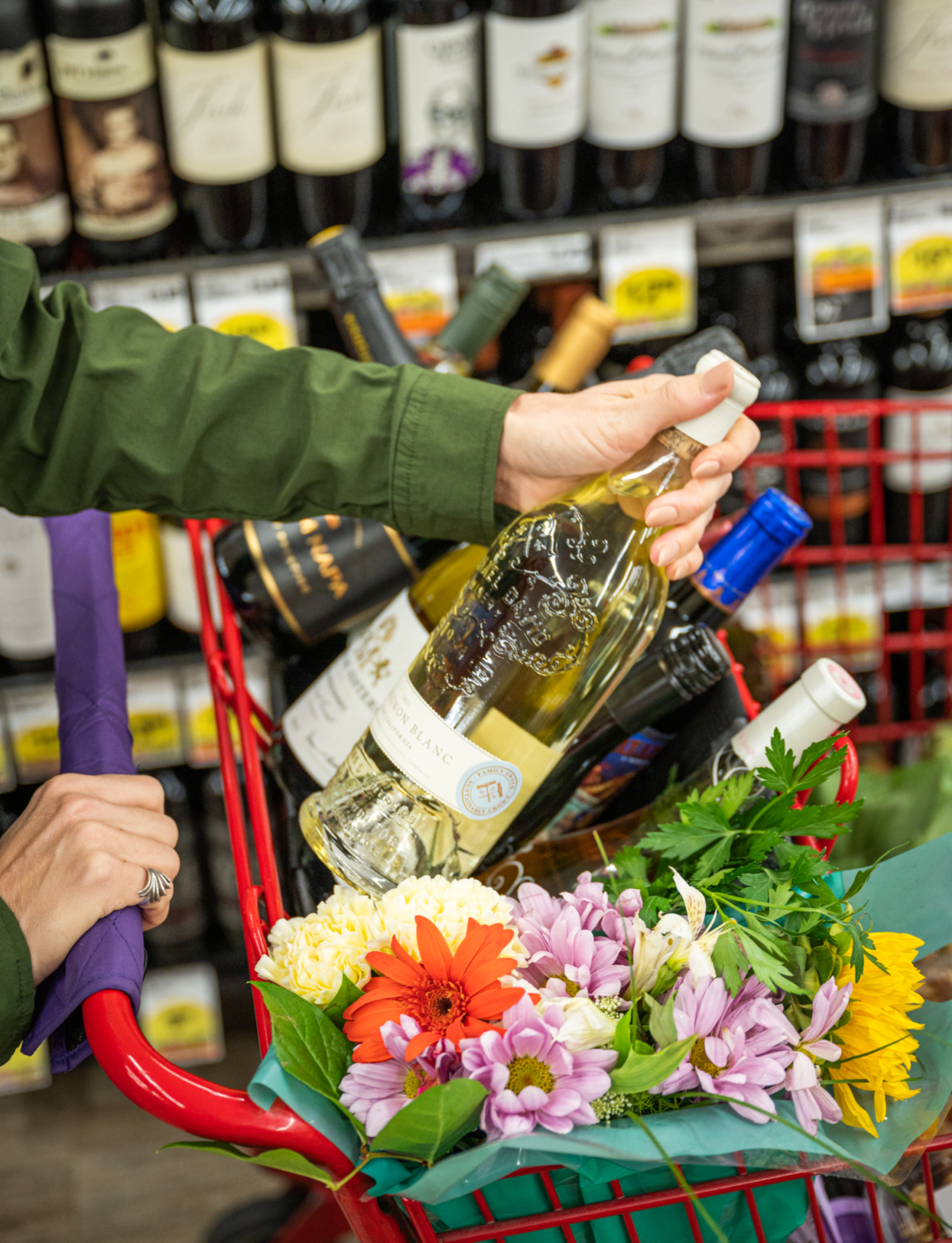
How can you tell if a wine is from California?
Look at the label! Wine bottles are required to list the place of origin – meaning where the grapes were grown or where the wine was made. Some bottles will call out a specific area, like Napa or Sonoma, while others may simply state “California”.
Want to learn more about how to decode a wine label? Get all the deets from our friend Amanda at Sommvivant.
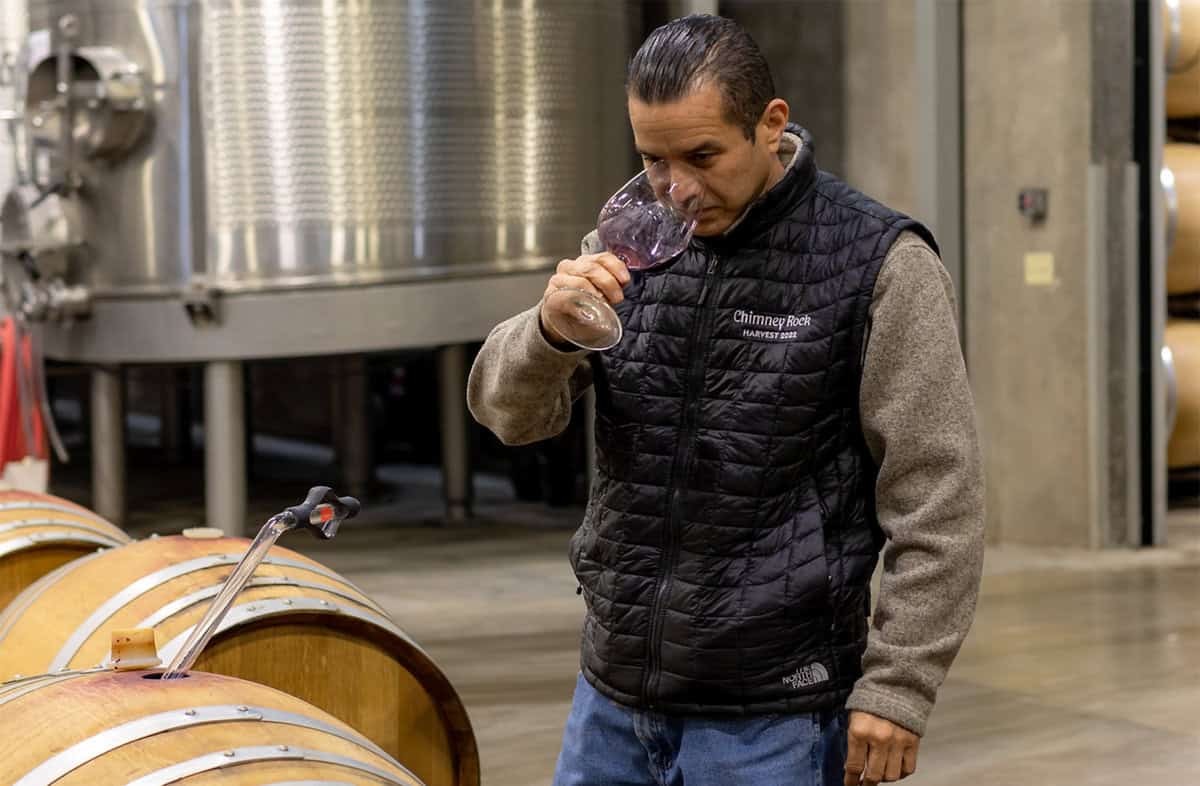
Calling all budding oenologists and farm geeks: let’s take a closer look at how wine is made in California.
Article by Hilary Rance. Photography by James Collier and Hilary Rance.
